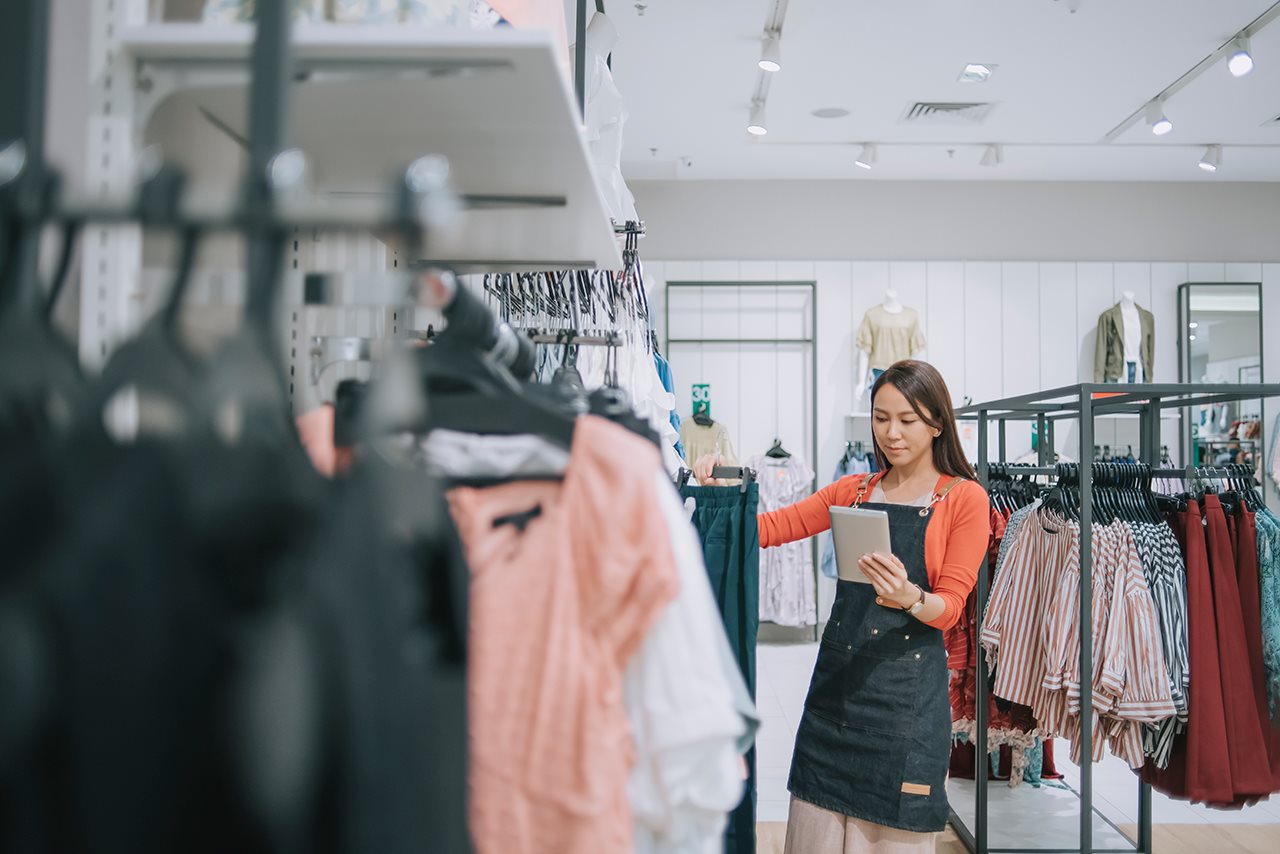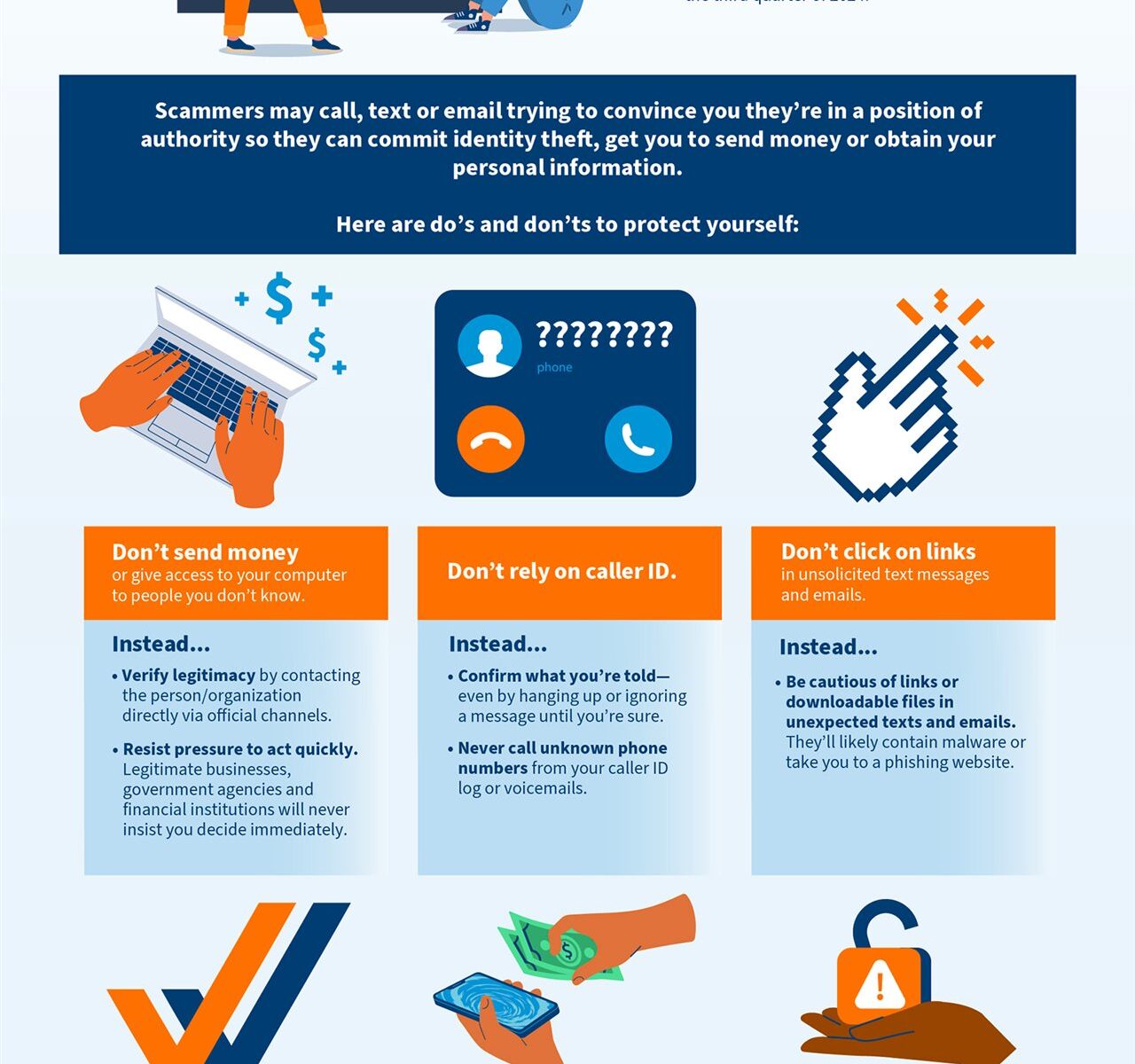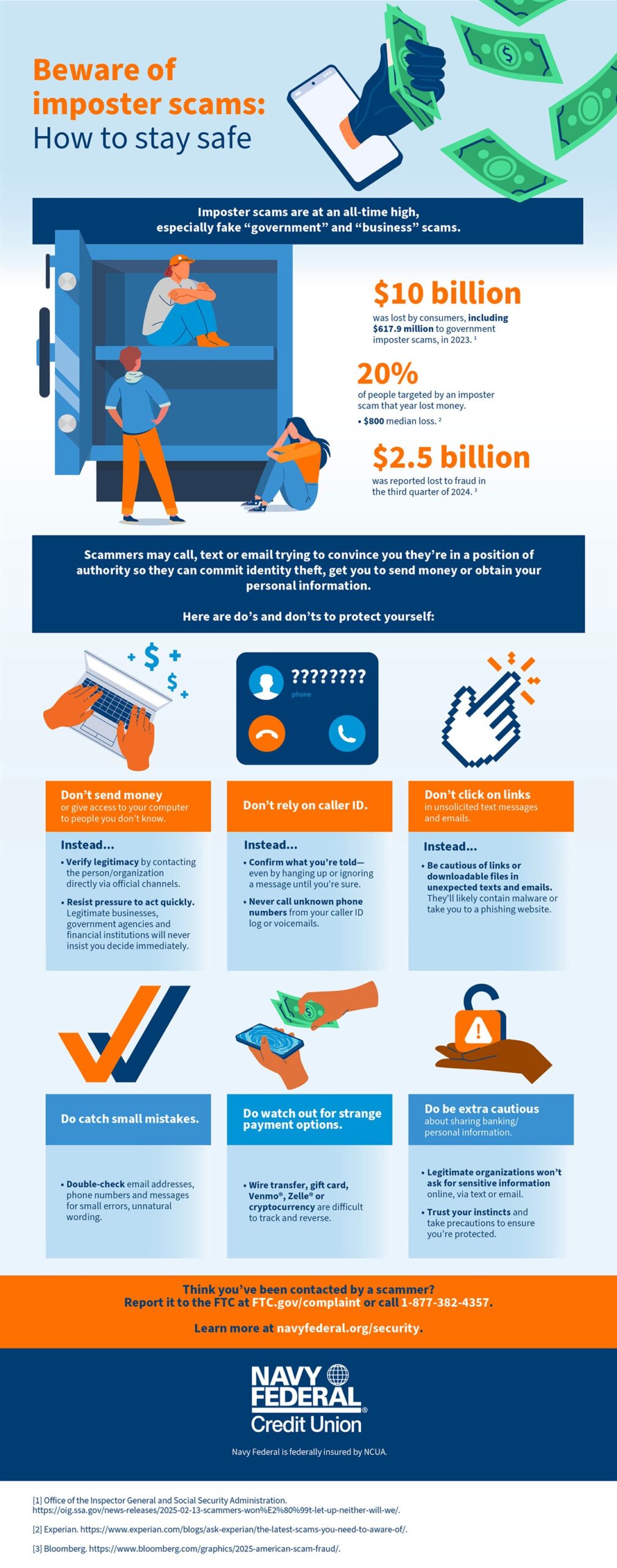2025-05-15T08:01:00
(BPT) – Did you know that AI-powered technology is already being widely used to improve the healthcare journey for both patients and doctors? As a patient, you may not even be aware of how much this technology is impacting how doctors do their jobs and helping them focus on what matters most: spending focused time with the patients in front of them.
Healthcare software is getting smarter, which is making the experience for patients simpler and more seamless, from the moment you book your appointment to the time you get your test results and beyond.
“Healthcare technology has come a long way, but it hasn’t always worked in ways that support meaningful connection. AI has helped change that dynamic. By reducing administrative burdens for doctors and creating easier access for patients, AI-powered technology is fostering a care experience that feels more personal, intuitive, and connected,” said Sanjeev Kumar, Ph.D., NextGen Healthcare’s Chief Data and Analytics Officer and a global expert in artificial intelligence.
Here are some concrete examples of how AI-powered technology is helping to improve the patient experience, from start to finish:
Before your doctor’s appointment: AI-driven technology is able to review your medical history and previous notes to help summarize key details, generating and synthesizing a new patient summary so your provider has a better understanding of your needs.
During your visit: Your doctor can complete assessments, order tests or medications and document changes more efficiently — with support from AI-powered technology that keeps everything organized in real time.
After your appointment: You might notice that your test results arrive sooner, follow-up appointments are scheduled automatically, and patient education materials come directly to you, helping you stay on track with your health between visits. AI facilitates better communication between you and your healthcare team.
In the background: AI also supports accurate billing processes and “clean” documentation as required by health insurance providers, reducing potentially worrisome delays and errors. This can help you better prepare for and manage healthcare expenses.
Helping healthcare providers focus on what matters
How widely used is this advanced technology in healthcare practices? According to Statista, 35% of patient-provider encounters in the U.S. involved use of AI-driven technology in 2024, and that trend shows no signs of slowing down. This includes use of AI-driven ambient listening technology, which helps document patient-doctor interactions accurately in real time.
Companies like NextGen Healthcare are creating solutions that enhance the physician and patient experience with tools to improve electronic health recordkeeping and practice management systems. For example, NextGen® Ambient Assist automatically transcribes doctor-patient conversations into structured notes — saving providers over two hours in administrative tasks per day. The AI-powered ambient listening solution also offers suggestions for coding for medical billing, plus medications, lab orders and more. NextGen Ambient Assist is already supporting over 1 million doctor-patient encounters per year, with more than 1,500 physician users monthly and counting.
Because doctors need to spend so much time on notetaking and record keeping, often after hours, they can be susceptible to burnout. By automating and enhancing the notetaking task, AI scribes reduce these administrative tasks so physicians can dedicate more of their time and energy to patient care.
Thanks to tools like these, today’s providers say they are feeling reinvigorated. And reinvigorated, refocused healthcare providers offer an enhanced experience for patients.
Managing your healthcare, and the healthcare of your loved ones, can be stressful. Thankfully, AI-powered tools are increasingly helping to reduce wait times, improve doctor visits and enhance communication between patients and their care teams — all of which can make your healthcare journey smoother and more successful.
Learn more about how the latest technology is improving patient care at NextGen.com/AI.



























